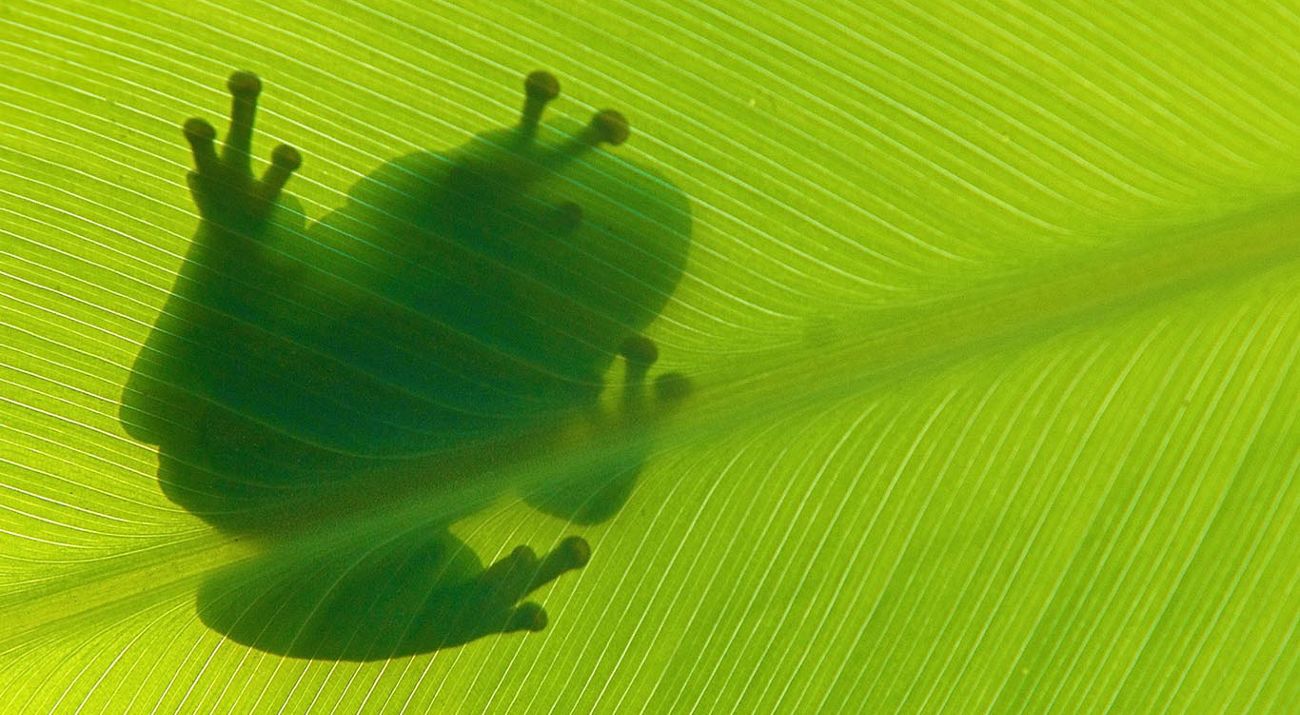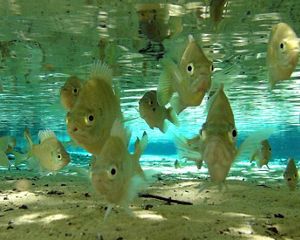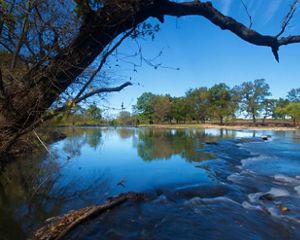How Can You Help Protect Amphibians from Deadly Pathogens?
Amphibian populations worldwide are undergoing a rapid decline due to a number of factors, including emergent infectious diseases.
Summer is here and those cool lake and river waters are calling your name. Weekend plans of fishing, kayaking and swimming are schemed. Packing lists are made. Food is purchased. All that’s left to do is the countdown to Friday, right? Not exactly. There is an important box we are forgetting to check off—cleaning our gear with bleach spray.
“Amphibian populations worldwide are undergoing a rapid decline due to a number of factors, including climate change, habitat loss, pet trade, pollution, and emergent infectious diseases, such as chytridiomycosis and ranaviruses,” said Jessa Watters, Collection Manager for Herpetology at the Sam Noble Museum.
3 Things You Can Do to Protect Amphibians
- Clean all your water recreation gear with a bleach spray solution before and after use. Especially if you're using the gear in different bodies of water.
- Never, I mean, never release store-bought pets into a natural setting. Take the pet back to the store or find a new home.
- Want to touch a frog? Wash your hands first. Did you go ahead and touch that frog? Wash your hands again.
Recent research in southeastern Oklahoma, provided by statewide amphibian infectious disease monitoring, shows a dramatic increase in chytridiomycosis and ranaviruses (RV). Chytridiomycosis is caused by the chytrid fungus. From 1924 to 2014, chytrid prevalence in preserved specimens from this same southeastern quadrant was relatively low at 17%. From the samples taken in 2015, that number jumped to 68%.
“Both pathogens can be spread through direct contact between amphibians, indirect contact in the water, and can be spread from pond to pond through human recreational activities that use waders, boats, etc.” said Watters.
Samples collected at Pontotoc Ridge and Oka’ Yanahli Preserves however, showed different results with chytrid prevalence of 5% at Pontotoc and 13% at Oka' Yanahli. Why are the amphibians in these preserves so clean compared to surrounding areas? The prevalence is low because of the very limited human activity on these preserves as well as the precautions taken by preserve staff.
Preserve staff use 10% bleach water spray to disinfect rubber boots, waders, kayaks and other equipment before and after use.


What caused the spread of these pathogens in the first place? The answer may surprise you. The chytrid fungus and RV virus originated from the amphibian and reptile pet trade.
“This is why you don’t release your aquarium water out in a pond or creek. Or your poison dart frog in a park because things from the pet trade can bring in viruses or bacteria that wild animals have no defenses against,” said Jona Tucker, former preserve director.
The next time you break out the kayaks, spray them down with bleach water first. If you have second thoughts about your new pet, return it to the store.
Your simple actions can have far reaching positive benefits.
Stand Up for Oklahoma’s Amphibians
Since 1986, we have worked to conserve Oklahoma’s magnificent landscapes and unique biodiversity totaling more than 100,000 acres. When you donate today, you will help ensure a thriving natural environment for future generations of Oklahoma.



